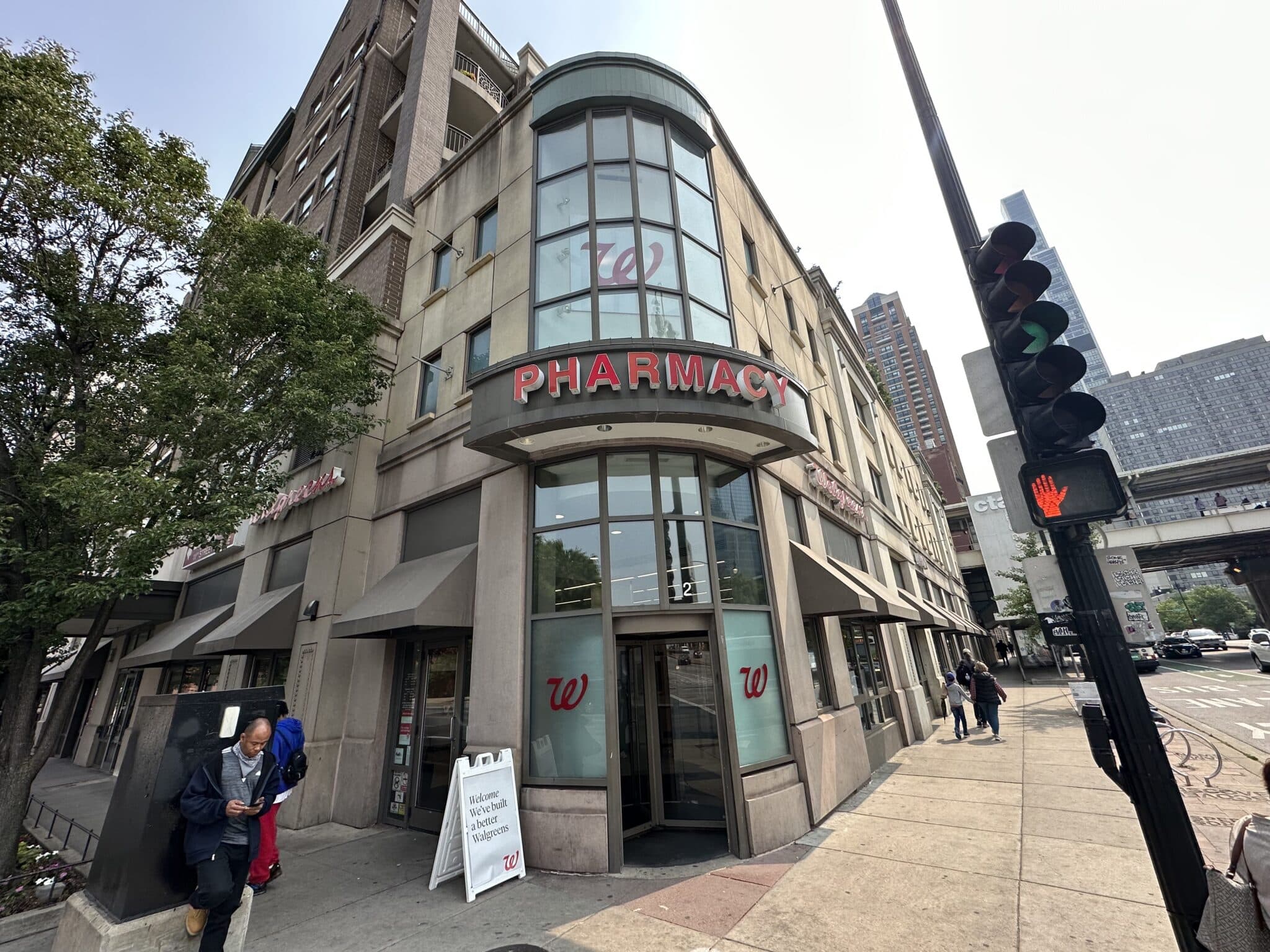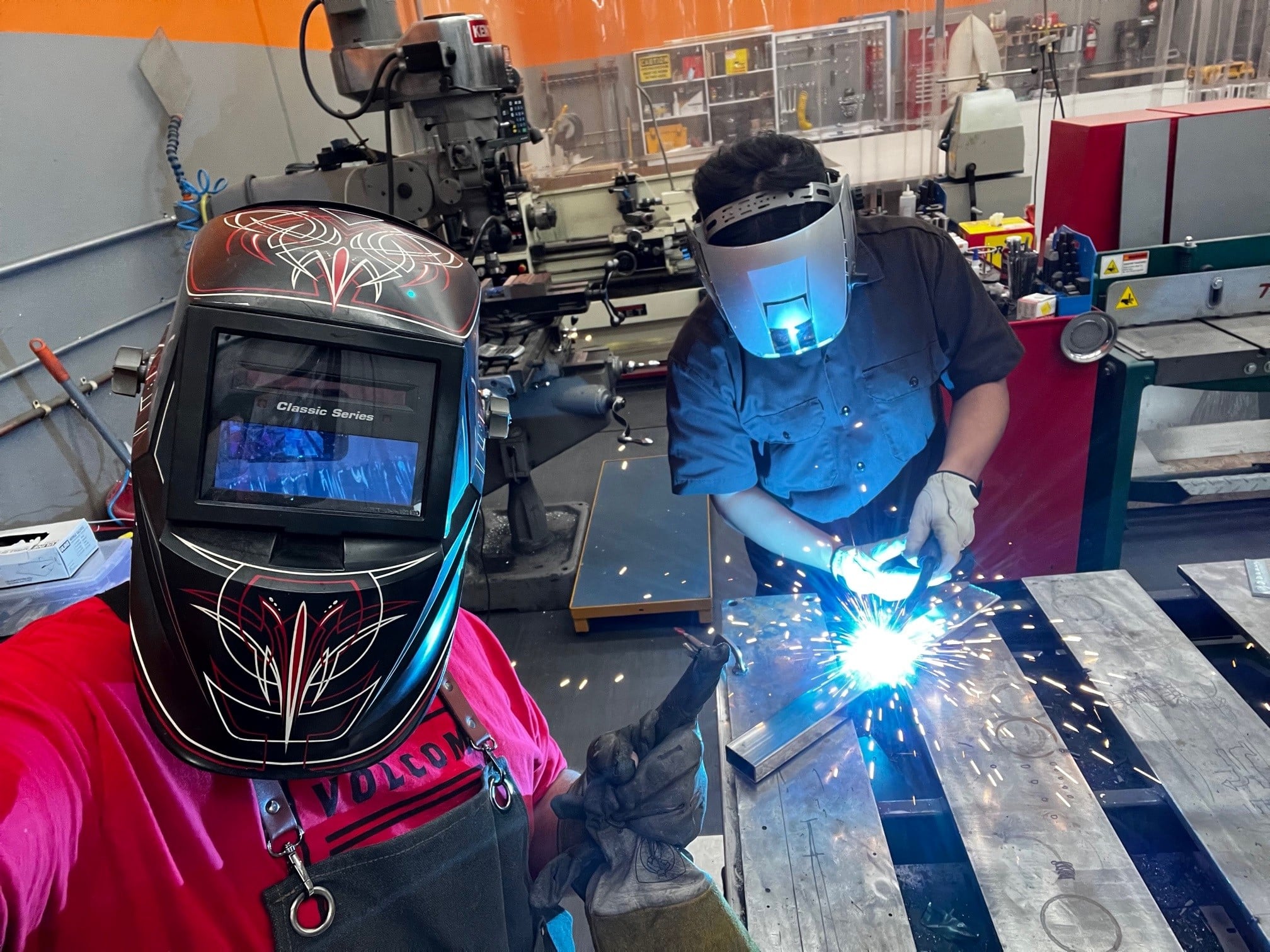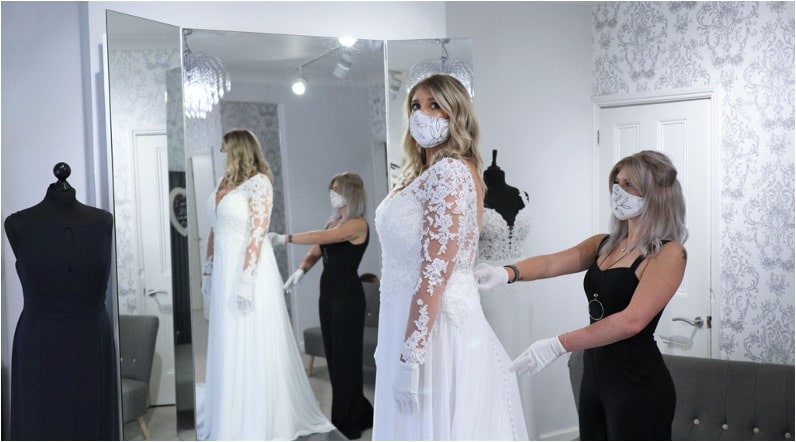Walgreens is experimenting with a new store format, which made its debut earlier this year. A few folks from our team recently visited the newly redesigned Walgreens in the South Loop area of Chicago. The experimental new format is a move in the direction of hybrid retail, but we suspect it’ll take several more iterations of this new concept before Walgreens gets it right.
RETAIL VOICES: Sarah Nixon
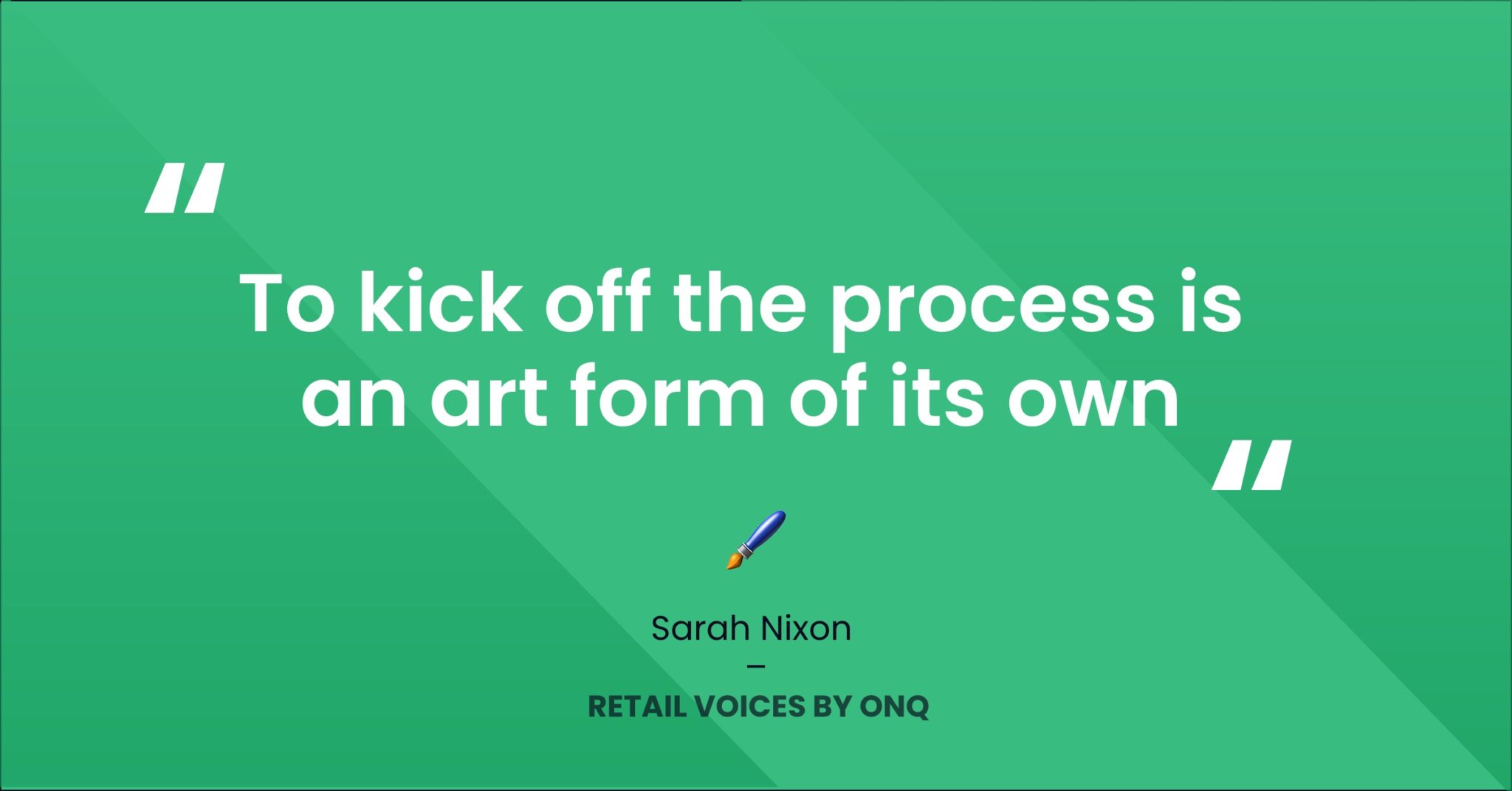
For this latest installment of Retail Voices, we caught up with Sarah Nixon, our lead industrial designer. She and her team are incredibly skilled at bringing our clients’ projects to life – taking concepts all the way from initial sketch to photo-realistic renderings. Here’s a look behind the curtain at what the design process looks like at OnQ.
Tell me a little about your role at OnQ.
I joined the OnQ design team about two and a half years ago. As the lead industrial designer, I work closely with the sales team to design retail displays that deliver on what the client is asking for. Sometimes that’s as simple as making refinements on an existing design, but other times
we start with a blank slate and design from scratch.
How is designing for retail different from other forms of design you’ve done in the past?
Designing for retail is a lot more complex than most people realize. Retail displays are intended to elicit very specific responses – they attract, educate, and in many cases they even interact with the customer. As a designer, a big part of my job is creating displays that make that customer interaction unfold as smoothly and naturally as possible, in turn leading to a purchase.
What are some of the more challenging aspects of designing for retail environments?
Retail design is very deadline-driven, more so than other industries I’ve worked in. Most retailers tend to refresh their displays ahead of new product launches, so we usually have a large number of projects coming together right at the same time. Those retailers have hard reset dates with no wiggle room, so delivering an executable design concept on time is essential. With speed to market being a critical success factor, it’s important that we collaborate early on with key folks from design, sales, engineering and production. Working across functions to kick off the process is an art form of its own, but it’s the best way to ensure a successful, on-time rollout for our customers.
So, the creative process is about a lot more than just 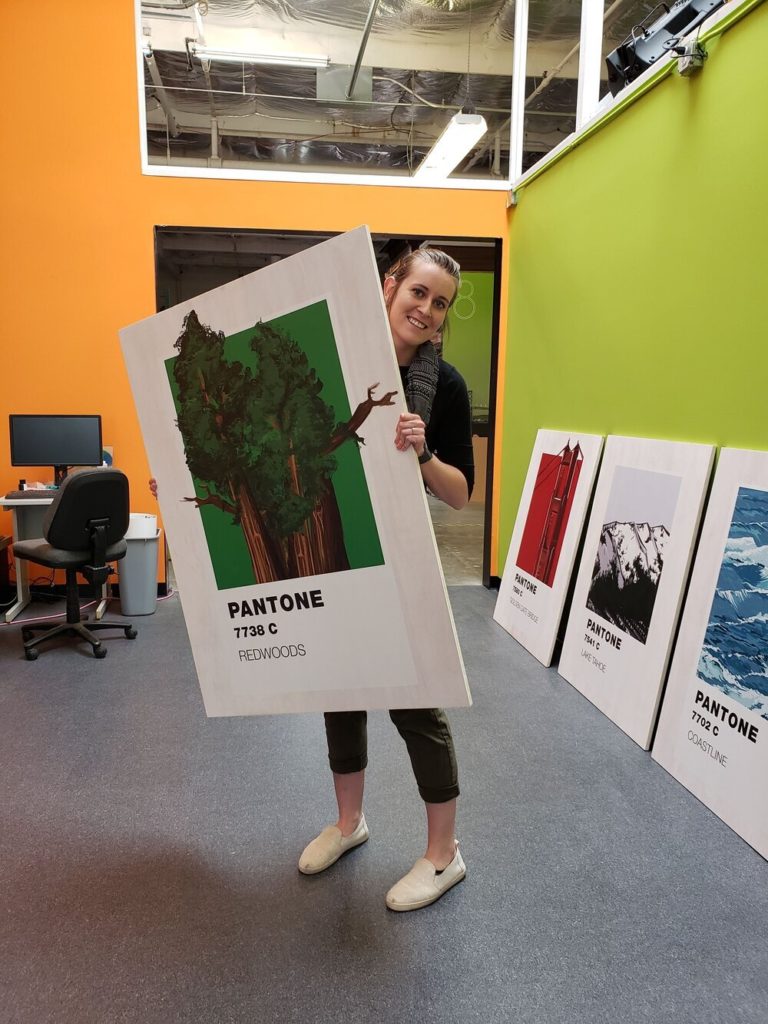
Absolutely. A lot of research happens before we even make our first sketch. I’m trained in industrial design with a concentration on human-centered design, so I tend to go deep on how design can influence customer psychology and behavior. You’d be amazed how much you can learn by simply observing people while they shop. If you look carefully enough, you notice patterns – you’ll see what attracts customers, and what puts them off. Subtle things like color variations and textural elements play a big role in inviting shoppers to a display.
You certainly seem to have a deep interest in retail – where does that interest come from?
I am a deal-seeker at heart. I follow many secret clearance and couponing accounts on social media, so I’m always in and out of retail stores in search of a good sale. As a result, I’m quick to see trends pop up for the changing seasons, or spot and snap a few photos of nicely designed displays. While in-store, I also take a moment to visualize potential improvement to a display. I keep these notes and photos in my back pocket to help inspire me on future creative tasks.
So what’s it like heading up industrial design at OnQ?
I definitely feel empowered – rather than micromanage the design process, the company gives me and my team the freedom to follow our creative direction, as long as our work is rooted in solid research, and that we can articulate the reasoning behind our design. It’s a great feeling to see your designs quickly come to life with the support of all the other teams at OnQ.
Has your job changed much during the pandemic?
The job itself hasn’t changed, but the way we work definitely has. Most of us have been working remotely for the past year, which at first was tough because design is such a collaborative process. But we adapted quickly. Slack became a lifesaver for keeping everyone – not just the design team – aligned on various projects. And we’ve found creative ways to collaborate, too. For example, I implemented live design sessions during large creative projects where we all sketch on our iPads, and we see everyone’s ideas simultaneously. It’s no substitution for brainstorming around a table while scattering papers and post-it notes for quick collaboration, but it’s a great way to collaborate in real-time to feed off that collective creative energy.
